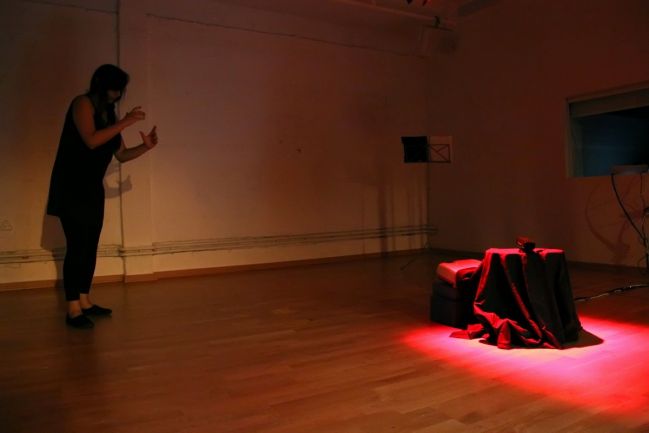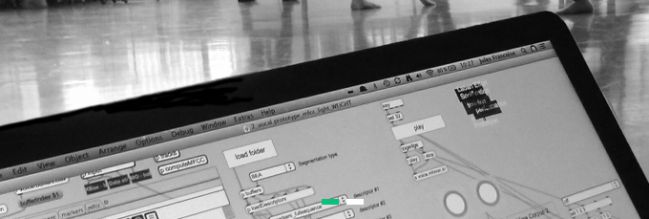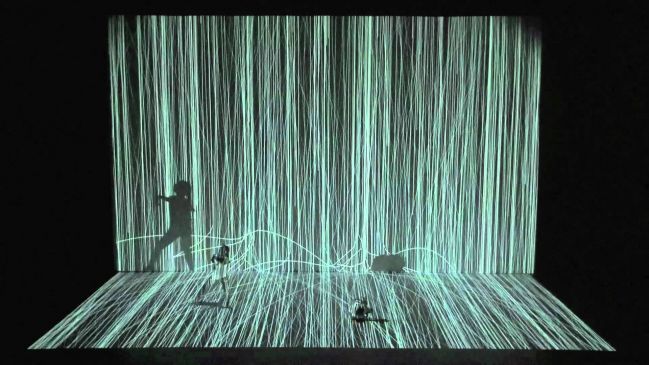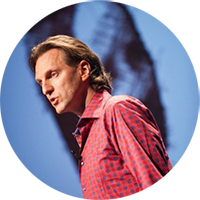
Ideasmos Musical Performance
Ideasmos Musical Performance
Ideasmos premiering in MOCO'16
Our senses according to Plato are not sufficient. He does not consider them as a source of knowledge that can lead us to the true understanding. Their testimony of things can be doubtful. This doubtfulness of things, brings to life questions that stimulate the intellect making it respond. This process in which the mind is activated can provide us with ideas and knowledge after a very thorough investigation and thought. Ideas as entities are inherently unchangeable and are fully sufficient ontologically. Senses have the capacity to bring us into contact with what can be felt.
What remains from the knowledge of contact with the ideas, is intellect.
What makes something seem beautiful? It is a mistake according to Plato to try to identify what makes something look beautiful by focusing solely our attention on the visible properties, because if the visible properties were exclusive to what made something beautiful, then anything with similar properties could be described as beautiful.
The colours that we see on something and that make us identify it as beautiful, can be seen on something else that we find ugly. This proves that it is not the colour or other properties that are responsible for the object we consider beautiful. It is the idea of beauty and the fact that the object we consider beautiful is part of it.
The concept of this musical piece is lying between two worlds. The real world, the one we see, feel, touch and the one which is intangible, the world of ideas that we cannot fully understand and which exists beyond the phenomena. The interaction between the two worlds of acoustic and « intangible » musical instruments is obvious and can be felt. Simultaneously, they hide special relationships based on knowledge and intellect which can only be perceived by someone who can ‘see and read between the lines’.
IDEASMOS comprises of a string quartet, intangible musical instruments and a percussion performance. Intangible musical instruments are based on interactive machine learning and musical embodiment. IDEASMOS is composed by Vasiliki Tsekouropoulou and it is based on technological prototypes that have been developed for the i-Treasures EU funded project under FP7.
Credits
Composed by: Vasiliki Tsekouropoulou
Quator « Linz » 1st Violin: Marin Lamacque - 2nd Violin: Florian Blot— Alto: Hans-Ljuben Richard – Cello: Marc-Antoine Novel
Performers: Edgar Hemery, Phd Student in “Embodied Musical Instrument” i-Treasures project, MINES ParisTech, Christina Volioti, Phd Student in “Intangible Musical Instrument” i-Treasures project, UOM, Gavriela Senteri, UOM
i-Treasures S/T leader at MINES ParisTech: Sotiris Manitsaris
- Venue:
- Megaron Μ2 TCH, Greece,Thessaloniki




